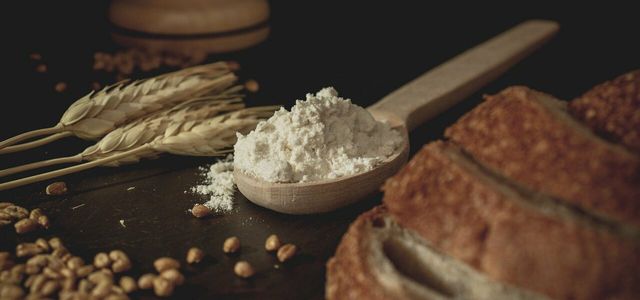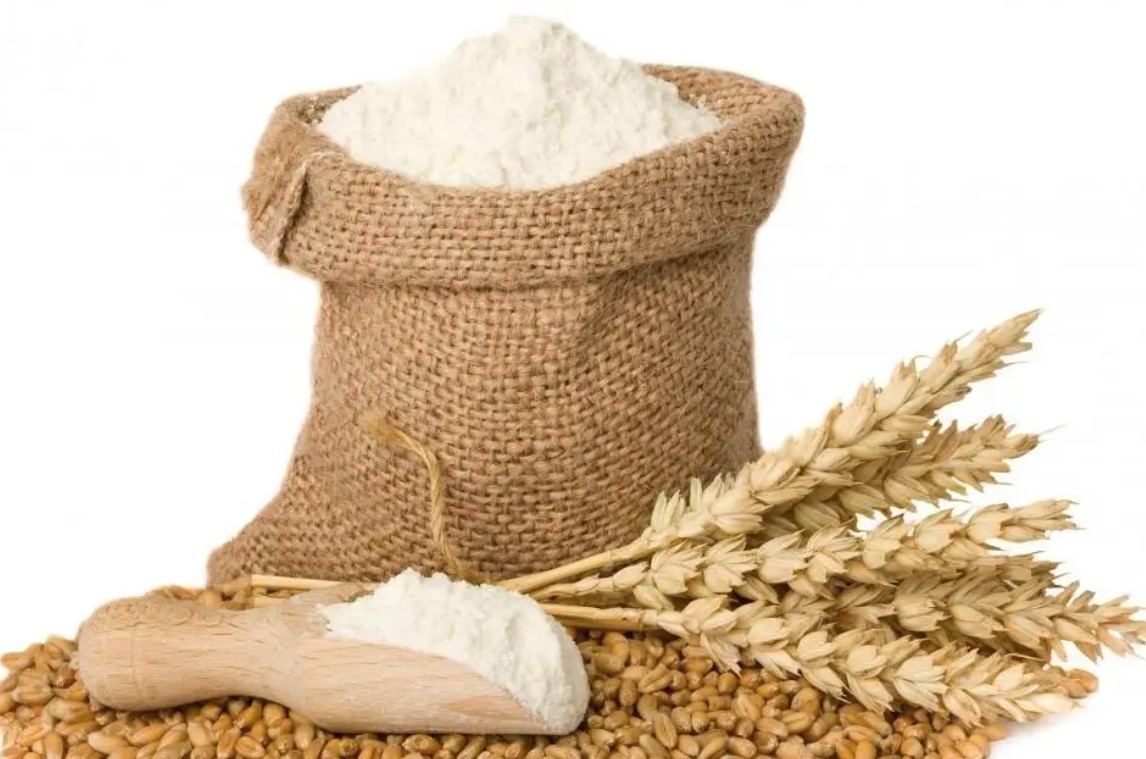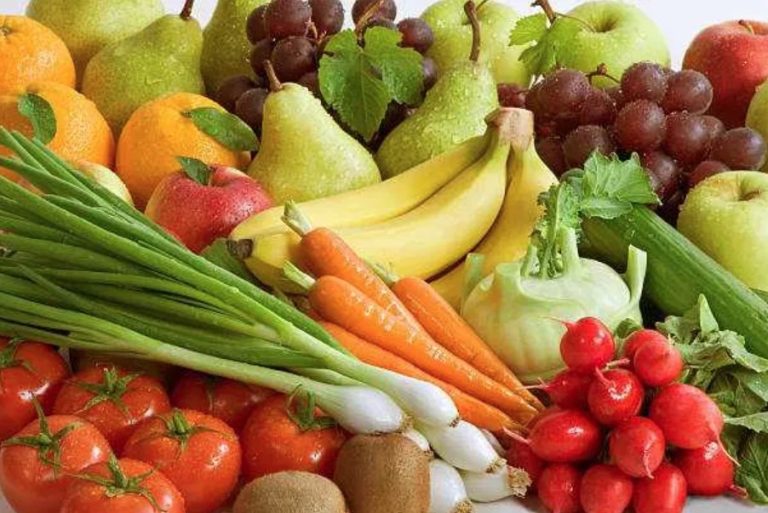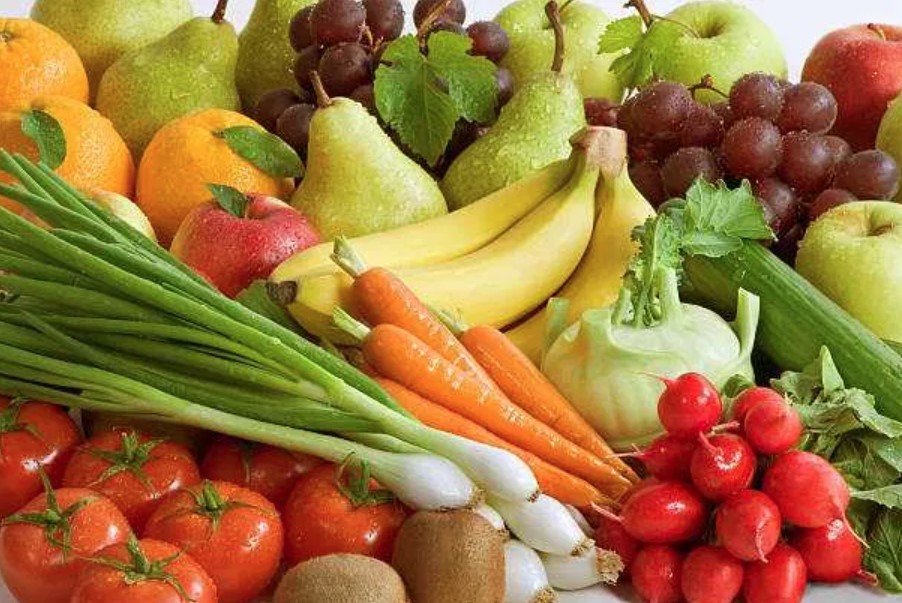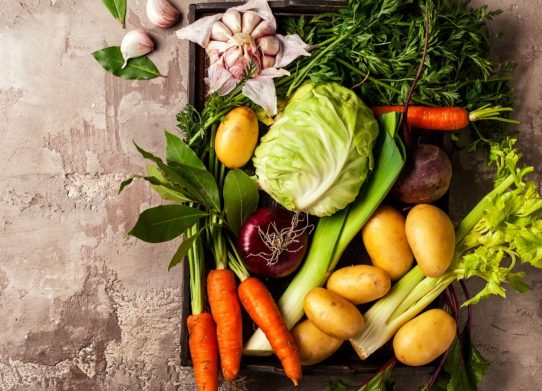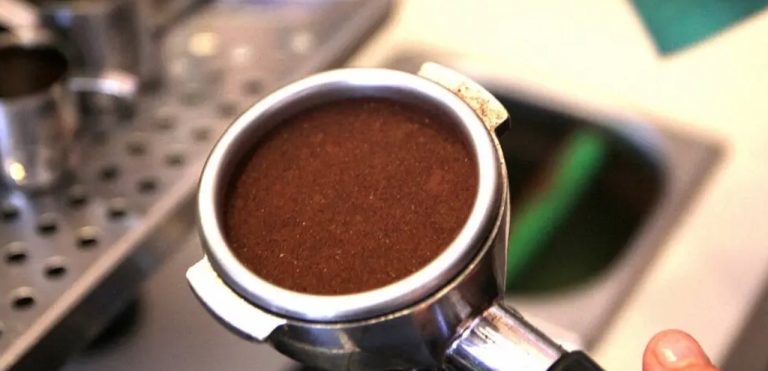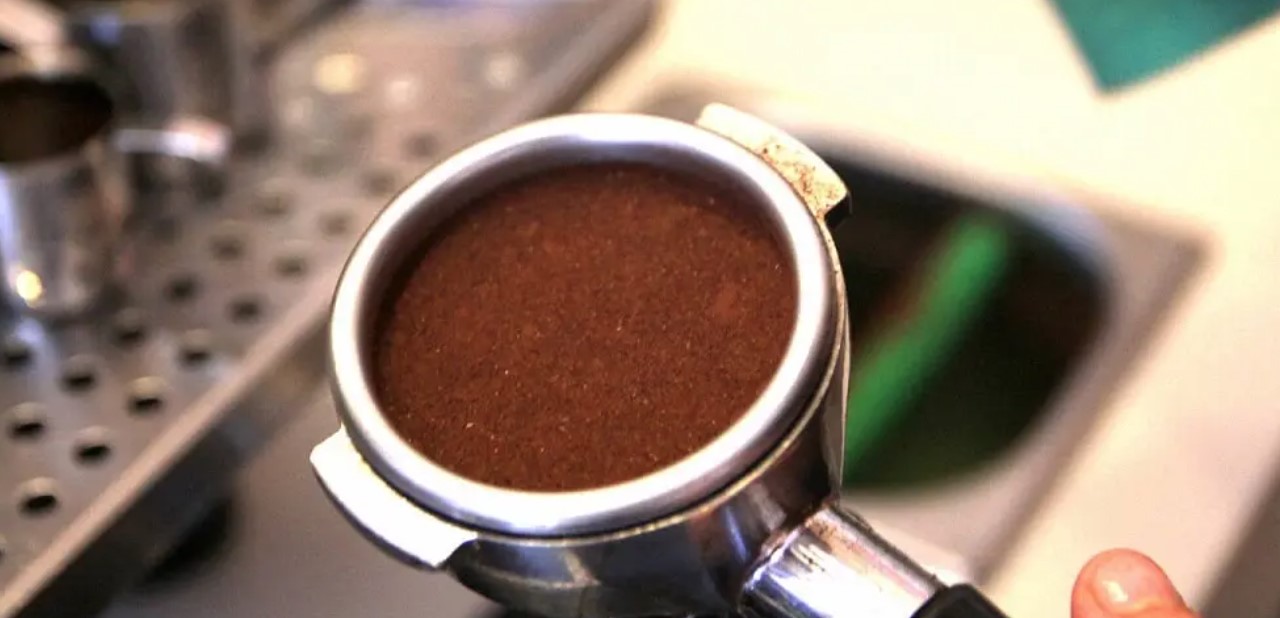You’ve probably baked with oil before, but you probably don’t know these tips. Why use baking oil instead of butter or margarine? We’ll tell you!
Butter isn’t the most sustainable choice in baking per se, since it’s animal-based. Unfortunately, even margarine or vegan butter does not score well with a very good fatty acid composition.
Solid fats mainly contain saturated fatty acids, which are of little value for a balanced and healthy diet.
Different: vegetable edible oil, where you should pay attention to a high heat stability of the oils (preferably in organic quality) in addition to a good fatty acid composition.
Organic baking oil instead of butter
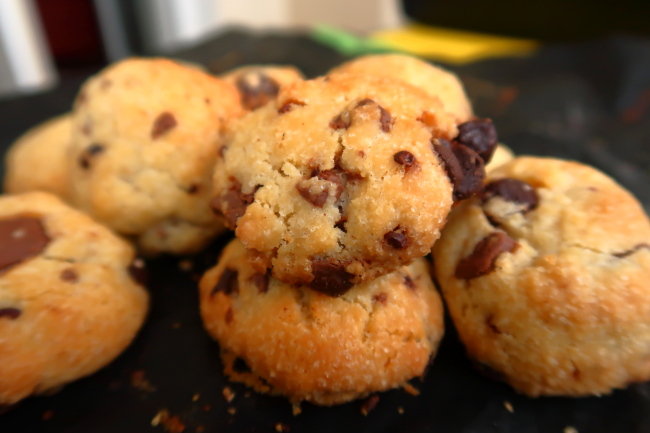
Organic sunflower seeds of the “high-oleic” variety are cold-pressed for the baking oils from the natural food pioneer Byodo and the oil is then deodorized for good heat stability. Supplemented with “linoleic” sunflower oil or plum kernel oil, they are also rich in valuable unsaturated fatty acids and therefore a valuable baking ingredient!
In addition, no questionable trans fatty acids can be detected in the finished baked goods, which can definitely happen when baking with butter or margarine.
Even juicier cakes
By using oil, your baking results will be even more airy and juicy and will also stay fresh longer.
In addition, Byodo’s organic baking oils are the ideal plant-based butter alternative for vegan baking. Melting butter is no longer necessary, making everything deliciously delicious and uncomplicated.
For all types of dough and baking recipes
Surely you already know a proven baking recipe with oil in the list of ingredients. In principle, however, almost all cake recipes and types of dough can also be prepared with oil instead of butter!
You should only pay attention to the conversion here: The amount of butter given in the recipe can be replaced with 80% oil + 20% liquid (water, milk, plant drink). The extra liquid is important because oil has a different density than butter or margarine.
Simple conversion
Practical tip: There is a small butter-oil converter on the Byodo baking oil labels, in which the most common amounts of butter are given with the amount of oil + liquid to be replaced in grams and milliliters.
You will also find an interactive butter-oil converter on the Byodo website, which is guaranteed to help you with every baking recipe down to the gram.
Mild sunflower note for savory pastries
This delicious quiche with pumpkin, red onions and feta tastes best in the cold season. Instead of shortcrust pastry, quark-oil dough is used here and this is prepared with Byodo Classic Organic Baking Oil. Due to the very subtle and mild sunflower note, the oil is ideal for all hearty baking recipes. In addition, it is wonderful to work with.
Fine marzipan note for sweet creations
Get ready for the pre-Christmas season with these delicious orange crescents with almonds! The recipe is vegan thanks to the use of Byodo Exquisit Baking Oil.
In addition, the baking oil with plum kernel oil gives the pastry a fine, sweet marzipan note. We wouldn’t want to do without it in any sweet baking recipe! Even simple cakes get a wonderful flavor and you need a little less sugar in the recipe thanks to the natural sweetness of the baking oil.
Spray oil for economical greasing
Waffles are always convincing – whether it’s the children, friends or yourself. From now on you no longer have to provide a bowl with oil and a brush for it. Thanks to the great spray head, the Byodo baking spray oil made from high-heatable “high-oleic” organic sunflower oil can be easily distributed on the waffle iron and always ensures the right amount of oil. Of course, it is also great for greasing muffin tins, cake and baking tins and a few sprays of oil in the pan are enough – the dosage is easier than ever!
Our tip: The baking spray oil can also be used to effortlessly oil oven and grilled vegetables!
Off to the health food store & start baking
Now it is your turn! Share your baking creations with oil on social media using the hashtags #backenmitöl and #backöl. Because baking together and inspiring each other is much more fun!
You can also find great baking recipes and suggestions for this on the Byodo recipe pages: From cake and pastry classics to Christmas baking recipes, there is something for everyone here! Also follow Byodo on Instagram for regular enjoyment inspiration.
Discover the organic baking oils from byodo

Byodo’s organic baking oils are available in any well-stocked organic shop or organic supermarket and also at any time in the Byodo online shop. We would be happy to have convinced you of baking with oil!



